Home Use Adoption of Stadiometers
The Stadiometer Market is witnessing a shift towards home use adoption, as consumers increasingly seek to monitor their health metrics from the comfort of their homes. This trend is fueled by the growing popularity of home fitness and wellness routines, where individuals aim to track their progress over time. Market Research Future suggests that the home health equipment segment is expected to grow by approximately 12% annually, with stadiometers being a key component of this trend. The convenience of having a stadiometer at home allows users to maintain accurate records of their height, which can be essential for various health assessments. As more consumers prioritize self-monitoring and health management, the Stadiometer Market is likely to expand, catering to the needs of health-conscious individuals.
Regulatory Standards and Compliance
The Stadiometer Market is also shaped by the evolving regulatory standards and compliance requirements in healthcare. As health organizations strive to meet stringent guidelines for patient care, the demand for accurate and reliable measurement tools, such as stadiometers, is increasing. Regulatory bodies are emphasizing the importance of precise height measurements in various health assessments, which drives the need for high-quality stadiometers. Market analysis reveals that compliance with these standards can enhance the credibility of healthcare providers, thereby influencing their purchasing decisions. As a result, manufacturers are focusing on producing stadiometers that not only meet but exceed regulatory requirements. This focus on compliance is likely to propel the Stadiometer Market, as healthcare facilities prioritize the acquisition of reliable measurement devices.
Integration with Health Monitoring Systems
The Stadiometer Market is increasingly characterized by the integration of stadiometers with comprehensive health monitoring systems. This integration allows for the automatic recording of height measurements, which can be crucial for tracking growth patterns and overall health. Healthcare providers are increasingly adopting these integrated systems to enhance patient care and streamline data management. Market data indicates that the health information technology sector is projected to grow by 14% annually, which bodes well for the stadiometer segment. As healthcare facilities seek to improve efficiency and accuracy in patient assessments, the demand for stadiometers that can seamlessly connect with electronic health records is likely to rise. This trend not only enhances the functionality of stadiometers but also positions the Stadiometer Market for substantial growth.
Rising Health Awareness and Preventive Care
The Stadiometer Market is significantly influenced by the increasing awareness surrounding health and wellness. As individuals become more conscious of their health metrics, the demand for accurate height measurement tools, such as stadiometers, is on the rise. This trend is particularly evident in fitness centers, schools, and healthcare facilities, where regular monitoring of height is essential for assessing growth and overall health. Market data indicates that the health and wellness sector is expanding, with a projected growth rate of 10% annually. This growth is likely to drive the demand for stadiometers, as they play a crucial role in preventive care and health assessments. Consequently, the Stadiometer Market is poised to benefit from this heightened focus on health awareness, as more institutions incorporate stadiometers into their health monitoring protocols.
Technological Advancements in Measurement Devices
The Stadiometer Market is experiencing a notable transformation due to rapid technological advancements. Innovations in digital stadiometers, which offer enhanced accuracy and ease of use, are becoming increasingly prevalent. These devices often integrate with health monitoring systems, allowing for seamless data collection and analysis. According to recent data, the adoption of digital stadiometers is projected to grow by approximately 15% annually, driven by their ability to provide real-time measurements and improved user experience. Furthermore, the integration of mobile applications with stadiometers facilitates remote monitoring, which is particularly beneficial in clinical settings. As healthcare providers seek to enhance patient care, the demand for technologically advanced stadiometers is likely to rise, thereby propelling the Stadiometer Market forward.


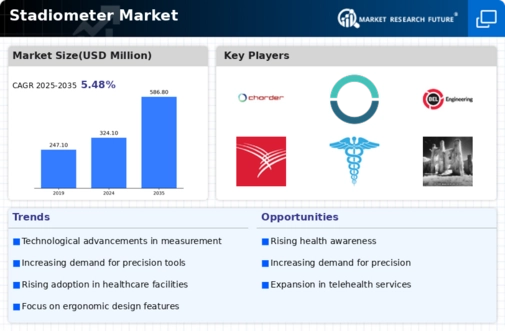
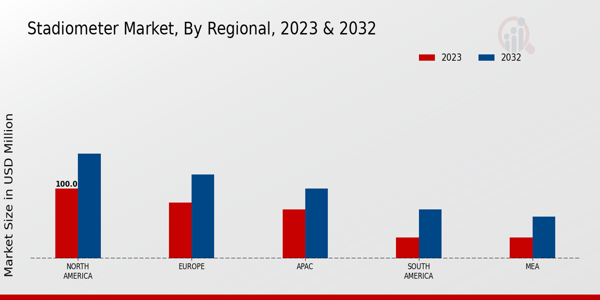
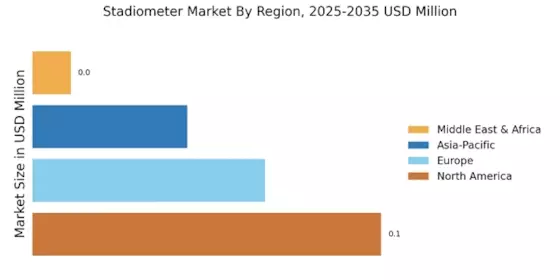
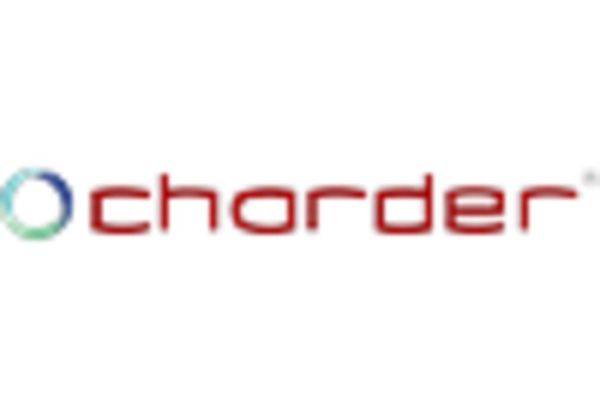

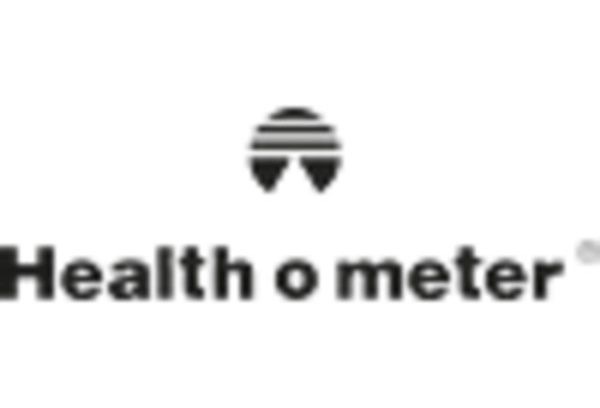
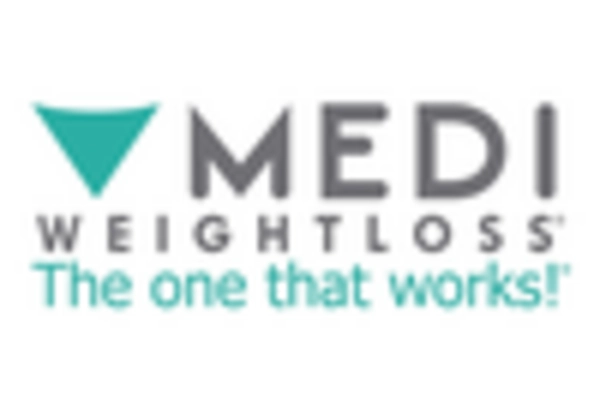
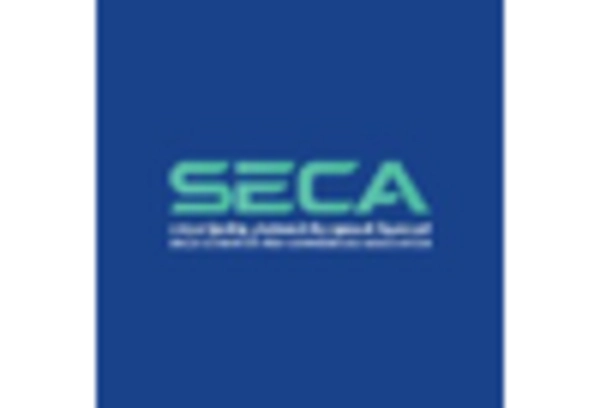
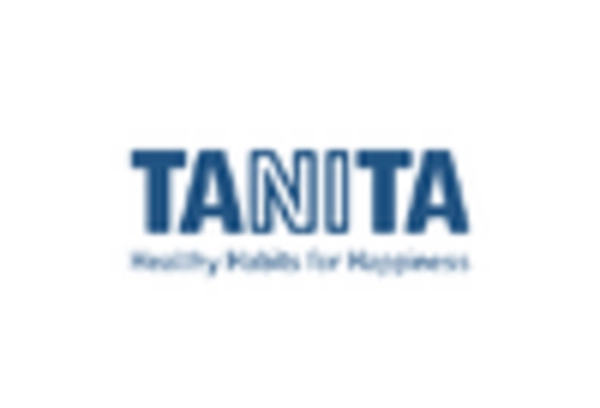








Leave a Comment